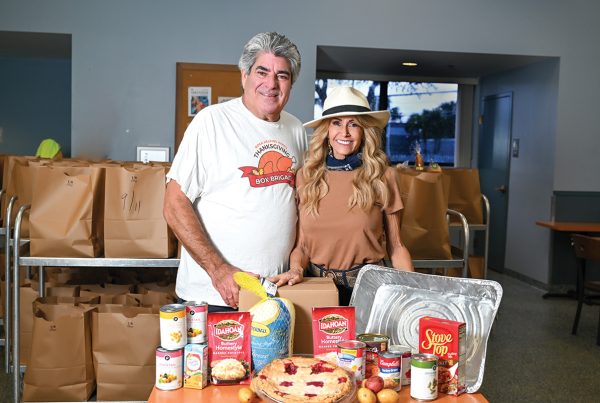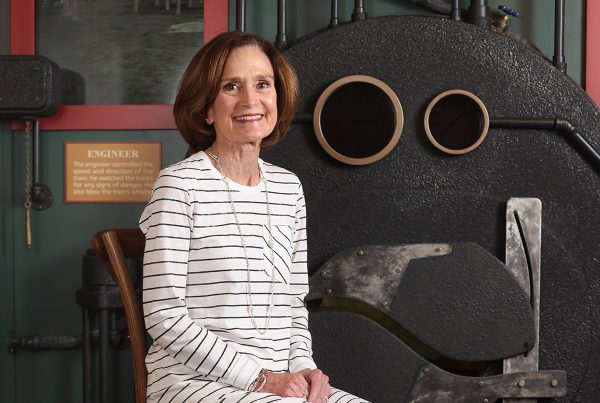In the November issue of Boca magazine, we spoke with environmentalist Charles Kropke about Everglades restoration—but he had more to say that we could fit in print. Here are more of his insights on the issues facing Florida:
On Paradise Run (The Kissimmee River)
One of the issues [the series] brought out is the restoration of Paradise Run, which is the last miles of the Kissimmee River where it enters into Lake Okeechobee. It deserved that name because it was so beautiful; once upon a time, it could take your breath away.
It still exists as a de-watered parallel system only a short distance from the canal-ized river. A lot of that land is state-owned, some by private landowners. I am seeing that the waters are flushed out and the river regains some of its oxbows. I do not think we have restored enough of the Kissimmee River to do the job it once did. The Kissimmee is a cleansing system; it cleanses all the water from Orlando, our second-largest urban conglomerate in the state, and it’s growing every day, so we need to clean the waters before they get into the system.
When the water enters the oxbows, it overflows its boundaries into a seasonal wetland made up of grasses and sedges, and those waters would clean out all the particulates and then the water would return back into the actual river and flow clean into a reach of Lake Okeechobee.
They decided to restore about 40 percent of the Kissimmee, but I believe they need to restore about 65 to 70 percent of the Kissimmee to gain the functionality we need to clean the water both for tourist reasons and just for the beauty of Florida itself.
On that retention system south of the lake
I am not a believer in water-retention systems, [which in many of them mean] a permanent injection of dirty water. [The one proposed] is a big artificial holding tank fraught for failure. We have enough lands, and we have enough system to avoid that—we’ve had enough of these artificially engineered [solutions].
Press into action natural systems that are already there. Allow for a water corridor running south with some way for it to exit the lake. There might be some farm interests that have to move. And this also helps hold back saltwater intrusion. Pushing water down to Flamingo and Florida Bay helps retain the current shape of Florida so we don’t recede into the sea.
On sea level rise
[This problem] requires the thinking of somebody like an Elon Musk or a Thomas Edison, whose boundaries are not kept, who thinks way outside current boundaries to determine how we are going to stop the current drowning of the world. Miami goes first, then goes New Orleans, then New York City.The whole world is producing Miami’s problem. We need to be recycling, cutting emissions, replanting trees.
This story comes from our November 2018 issue of Boca magazine. For more content like this, subscribe to the magazine.







